
For the next three days the World Bank here in Washington DC is hosting a world changing event that few people know about. Called the Development Marketplace – it is a gathering of organizations behind 100 innovative ideas from 50 different countries on how to save the planet. The ideas can affect everything from a small village of 60 to a large population of millions. The only requirement is that the funding request from organizations participating must be less than $200,000. As I went through the list of projects that are being featured in the marketplace, there were 10 that stood out to me not only for the creativity of their solutions, but also the lessons that anyone might take away from the idea.
The best ideas solve big problems, but also offer a lesson that could apply to much more than just the situation at hand. Reading the stories of all the innovative organizations presenting at the Development Marketplace gives you a sense of hope about the world that can sometimes get lost in our daily lives. Check out the stories below, and the rest of the great projects from Development Marketplace 2009 … these are stories and ideas worth sharing:
1. Wave Energy Converter to Mitigate Ocean-Wave Damage and Beach Erosion
Country: Dominican Republic – Project #4949
Organization: Universidad Nacional Pedro Henrique Urena (UNPHU)
Description: Waves currently cause a large degree of the devastation from storms, including destroying bridges, roads and other vital infrastructure. This project is about using wave energy converter (WEC) technology to lower the power of waves and convert some of this power into usable electric power.
Lesson: Your greatest source of energy can come from the same thing that also causes the most destruction.
2. Rate-and-Shame Project Would Raise Media Pressure On Public Officials
Country: Ukraine – Project #4886
Organization: Resource and Analysis Center "Society and Environment"
Description: Local governments in the Ukraine tend to rely on central government to take adaptation steps to deal with climate change, however the results of action (or inaction) are most felt at the local level. This effort involves creating a public rating system for climate change initiative and rating local officials on their performance, in an effort to use transparency to shame inactive officials into action.
Lesson: Giving people someone to blame can encourage action.
3. Saving Glaciers: Artisanal Industry Aims to Stop the Melt and Save Water
Country: Peru – Project #4311*
Organization: Glaciares Peru
Description: Increases in global temperature are causing the world's largest freshwater reserves — glaciers, to melt. Tropical glaciers are most at risk, which includes those high in the Andes. This project is to build a production facility that will create a paintable white cover material that can be applied to existing black rocks near the glaciers so they do not absorb as much heat and the glaciers melting will slow.
Lesson: The best way to deal with a problem is to sometimes focus on what is right beside it.
4. Global Voices: The Vulnerable Make Videos to Speak Out on Climate Adaptation
Country: Bangladesh, Colombia, and Sri Lanka – Project #3768
Organization: Institute of Development Studies
Description: Use participatory video (PV) training to allow people without strong voices in the community to share their stories and thoughts about climate change through video to the world.
Lesson: Video can help amplify voices that are usually silent on an issue.
5. African Pastoralists to Play Out Climate Drama On The Airwaves
Country: Nigeria – Project #4556
Organization: The Smallholders Foundation
Description: Empower smallholders to produce and broadcast a 20-episode climate-change radio drama featuring a series of climate risk management strategies in the local lgbo language to air on five statewide radio stations over a one-year period, reaching more than 15 million listeners.
Lesson: Dramatizing a serious message can help it to reach your target audience.
6. Medicinal Tree Farms to Reduce Malnutrition and Malaria Infection in Cambodia
Country: Cambodia – Project #4229
Organization: Green Earch Concepts
Description: There has been a sharp rise in malarial infections due to flooding in Cambodia. Also, flooding and drought affect crop yields. Moringa trees have leaves with 25 times more iron content than spinach and high levels of beta carotene. These help increase hemoglobin levels in the blood and strengthen the immune system. The seeds may also be used for water purification. The project is to raise Moringa trees on 10 hectares of land to harvest the leaves and seeds, and conduct three clinical trials on the effectiveness of Moringa.
Lesson: Exploring a new discovery can be the best way to create hope.
7. Mobilizing Community Journalists For Participatory Disaster Risk Management
Country: Mongolia – Project #3502
Organization: Press Institute
Description: Rural residents of Mongolia are particularly vulnerable to advese effects of extreme natural events. Risk-management plans are rarely communicated to herders and other stakeholders because of the lack of extension capabilities. This project considers rural journalists as part of the community and stimulates direct involvement of journalists in risk planning and management and supports them using traditional and new media tools for disaster education.
Lesson: When you lack resources, work with those already in the community who have a similar skill set.
8. Flood Threat Launches Self-Sustaining Green-Concept Floating Village
Country: Cambodia – Project #3457
Organization: Green Earth Concepts
Description: The Tonle Sap Lake, the biggest natural lake in Southeast Asia, poses a danger due to irregular floods from the Mekong River. Floods wash out houses make from local timber and villages have no access to safe water. This project is to build 12 houses to form a self-sustained floating village equipped with utilities that conform to the climate change and lead to the independence from traditional energy forms.
Lesson: When faced with a recurring flood, the best solution is to find a way to float.
9. Rice Farmers Look to Fish Farming to Cushion the Impact of Climate Change
Country: Philippines – Project #3053
Organization: Farming Systems and Soil Resources
Description: Rainfall patterns are unpredictable in the Philippines, which results in flooding or extreme dry spells. If water from previous rains can be stored and used during dry periods, crop failure can be avoided. This project includes a number of innovations, from digging deeper and wider rainwater storage to water pumps powered by humans. There is also a "fish for fuel scheme" that allows farmers to use part of their fish harvest to pay in kind for the expenses involved in excavating the reservoir.
Lesson: Barter of "in kind" products can make progress happen where money is short.
10. Clearing Timber Blockages from Rivers Would Help Communities Progress
Country: Colombia – Project #1434
Organization: CAMIZBA
Description: Increased intensity of tropical storms and deforestation of the river basins produces immense avalanches that erode the river banks. This produces palisades that block the rivers and impede the passage of people and products. Consequently, 15 indigenous communities are left isolated. For this project, a method of using winches, pulleys and expansion bolts will be combined with ethnoeducation to make a difference. The education for indigenous communities will happen through traditional oral communications (songs, storytelling, dances) to disseminate messages about protection of the river basins through groups of women.
Lesson: In a traditional culture, the form and teller of a message are paramount.
Follow the Development Marketplace 2009 on YouTube >>
Follow the Development Marketplace 2009 on Flickr >>
Follow the Development Marketplace 2009 Blog >>
Follow the Development Marketplace 2009 on Twitter >>
Follow the Development Marketplace 2009 on Facebook >>
Follow the Development Marketplace 2009 on LinkedIn >>
Follow the Development Marketplace 2009 on Slideshare >>
*Disclaimer: This project is one that a member of my extended family is working on, but I have no involvement in the project. It is one of the reasons I first heard about the Development Marketplace, however.







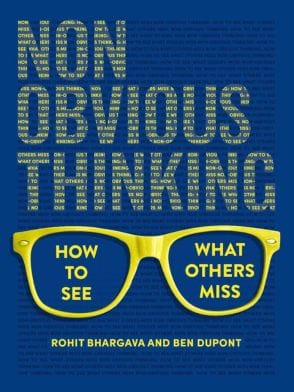


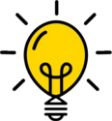


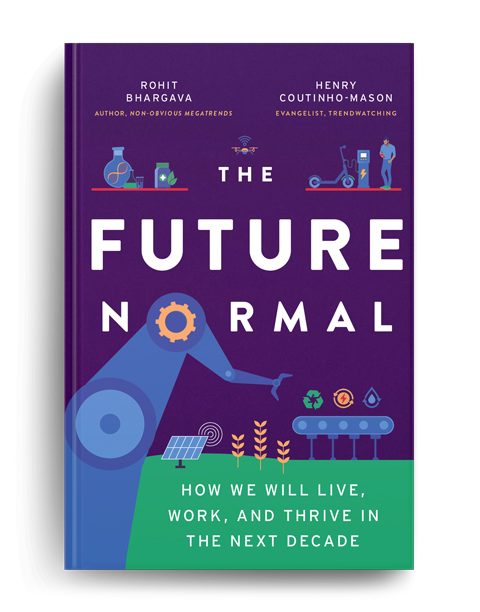
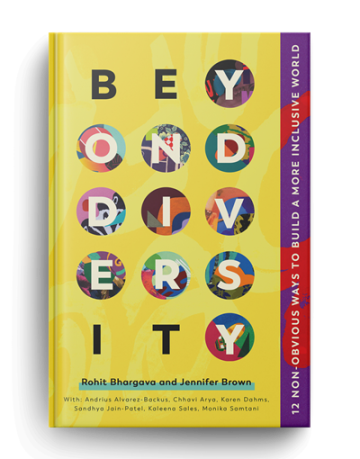
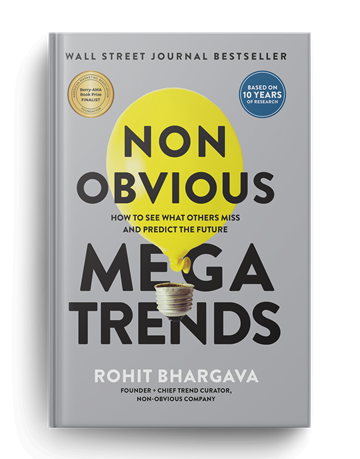
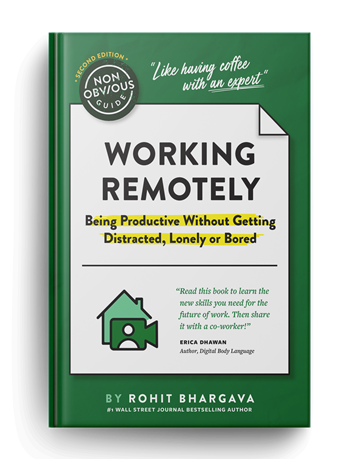


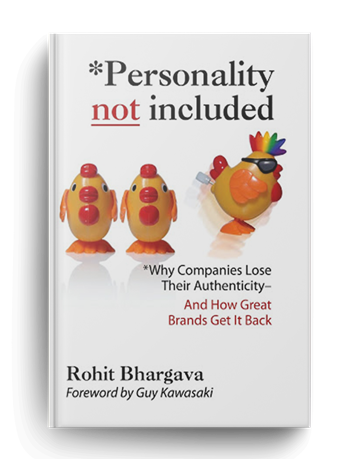
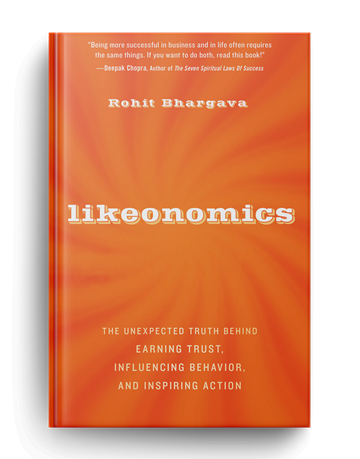


Very powerful and cool posting. I am always trying to do what I can to help out and this just gives me a few ideas. Doing something small today can have a huge impact as time passes.